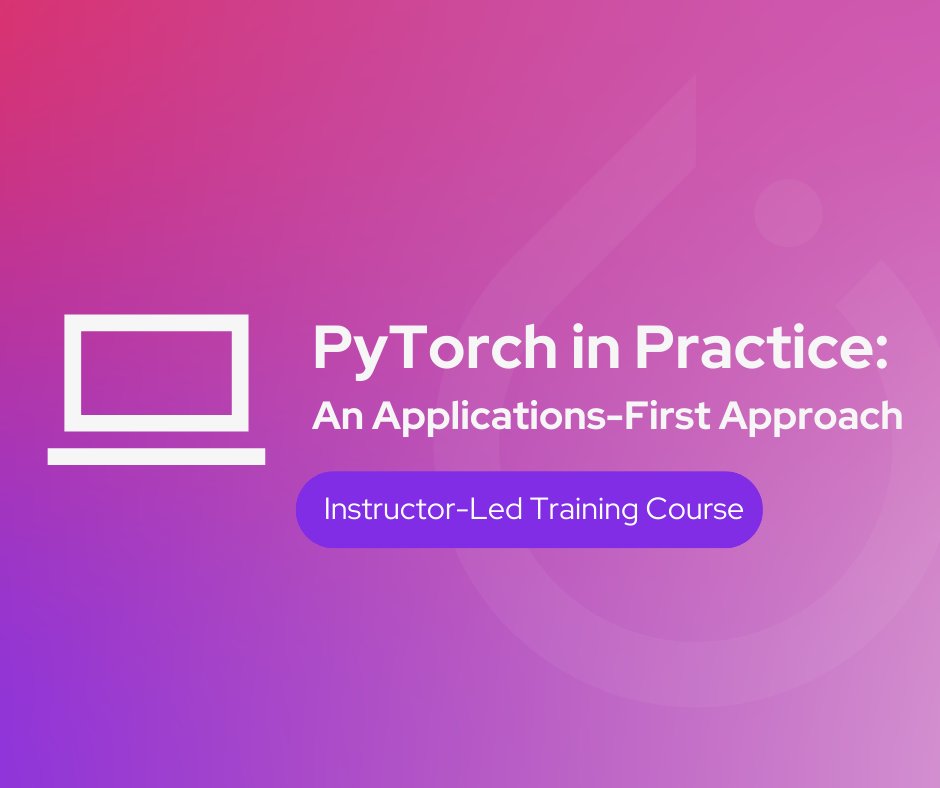👉 Learn how to build AI systems for medical imaging domain by leveraging tools and techniques that I share with you! | 💡 The newsletter is read by people from: Nvidia, Baker Hughes, Harvard, NYU, Columbia University, University of Toronto and more!
Federated Learning for the Right Company is Gold
Hello Reader,
Welcome to another edition of PYCAD newsletter where we cover interesting topics in Machine Learning and Computer Vision applied to Medical Imaging. The goal of this newsletter is to help you stay up-to-date and learn important concepts in this amazing field! I've got some cool insights for you below ↓
Top ML Papers of the Week
Jurassic World Remake: Bringing Ancient Fossils Back to Life via Zero-Shot Long Image-to-Image Translation
A zero-shot image-to-image translation method that transforms given fossils images into images of living animals of specified species based on input prompts, such as Dinosaurs
Paper: https://arxiv.org/pdf/2308.07316.pdf
Group Pose: A Simple Baseline for End-to-End Multi-person Pose Estimation
Paper: https://arxiv.org/pdf/2308.07313.pdf
Accurate Eye Tracking from Dense 3D Surface Reconstructions using Single-Shot Deflectometry
Rethinking the way how specular reflections can be used for eye tracking.
Paper: https://arxiv.org/pdf/2308.07298.pdf
UniWorld: Autonomous Driving Pre-training via World Models
Embedding a spatial-temporal world model into robots, termed UniWorld, to help them perceive their surroundings and predict the future behavior of other participants.
Paper: https://arxiv.org/pdf/2308.07234.pdf
Towards Robust Real-Time Scene Text Detection: From Semantic to Instance Representation Learning
Paper: https://arxiv.org/pdf/2308.07202.pdf
ML Deep Dive: Federated Learning with Substra
There is a specific type of machine learning topics that I never use in my work and I don't fully understand it, but it still fascinates me due to its clear and important potential.
One of these topics is Federated Learning.
I have covered in other editions of the newsletter what federated learning is and how it works from a high level.
Here's a simple definition as a reminder.
Federated learning (FL) is a decentralized machine learning procedure to train models using multiple data providers. Instead of gathering data on a single server, the data remains locked on local servers as only the algorithms and models are shared between the data holders.
I have covered before 2 frameworks that can be used for Federated Learning.
One is MONAI, which is mainly focused on the healthcare sector.
The other is Nvidia FLARE, which is a more general purpose FL framework.
But another framework for FL which recently has been added to the Pytorch ecosystem is called Substra.
Substra is an open source federated learning framework that provides a flexible python interface and a web app to run FL training at scale.
Below is a simple diagram on how Substra works. Basically it's a diagram for how FL works.
Easily installed through: pip install substrafl
Why should you care?
If you work in an industry where privacy is the number one priority but at the same time this priority is hindering you and your team from building powerful machine learning models because you just don't have enough data, then federated learning could be a potential solution for you.
Because federated learning will allow you to build powerful ML models without the need for direct access to other companies data. The only thing that will be shared between your company and other companies are the model weights.
Tweet of the Day
|
Meme of the Day 😂
 |
That's it for this week's edition, I hope you enjoyed it!
Machine Learning for Medical Imaging
by Nour Islam Mokhtari from pycad.co
👉 Learn how to build AI systems for medical imaging domain by leveraging tools and techniques that I share with you! | 💡 The newsletter is read by people from: Nvidia, Baker Hughes, Harvard, NYU, Columbia University, University of Toronto and more!
Hi Reader,, Welcome to the PYCAD newsletter, where every week you receive doses of machine learning and computer vision techniques and tools to help you learn how to build AI solutions to empower the most vulnerable members of our society, patients. TotalSegmentator : Whole Body Segmentation at your Fingertips This free tool available online can do full body segmentation, it's called TotalSegmentator. I have already mentioned this tool in a previous edition of the newsletter, but in this...
Hello Reader, Welcome to another edition of PYCAD newsletter where we cover interesting topics in Machine Learning and Computer Vision applied to Medical Imaging. The goal of this newsletter is to help you stay up-to-date and learn important concepts in this amazing field! I've got some cool insights for you below ↓ A Medical Imaging Expert Told Me This Recently I saw a post on LinkedIn where a medical imaging expert showcased his work of segmenting the lungs and its bronchial trees. You can...
Hello Reader, Welcome to another edition of PYCAD newsletter where we cover interesting topics in Machine Learning and Computer Vision applied to Medical Imaging. The goal of this newsletter is to help you stay up-to-date and learn important concepts in this amazing field! I've got some cool insights for you below ↓ How we helped accelerate inference time for a client's AI product Below is a screenshot of a benchmark we did for a client of ours. The goal was to accelerate inference time. This...

